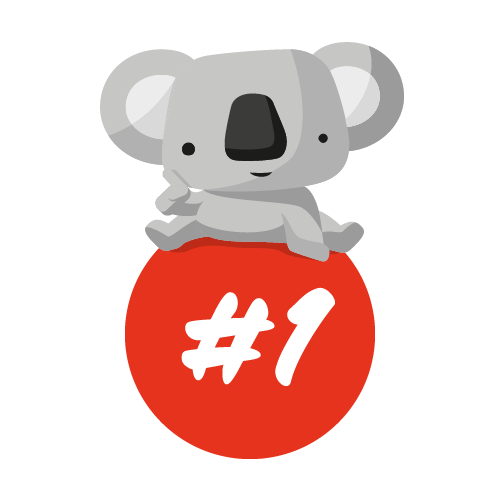
Gender Equality – Global Awareness & Understanding Lesson Plan 1
Possible Subjects: Geography, English, PSHE
Years: 3-6
Lesson: 1 of 3
Learning Outcome
Learning to work together as a group to present evidence that shows understanding of gender equality in a global context.
Resources
Definitions & Resources
Lesson Overview
This lesson plan puts an emphasis on the current gender inequalities in a global context and will support the students to explore the impact and consequences of the gender gap on different areas such as education, employment, politics, agriculture, domestic violence, etc.
Tuning In – ‘What do students know about gender equality?’
DO: Gender Pay Gap Activity
Introduction (5 mins)
- Split the class into 2 groups. The groups can, but don’t necessarily have to, be boys or girls. You can choose to split the students by light or dark hair, or tall or short height.
- Have both groups execute the same simple and quick task, depending on the resources available in the classroom. For example:
- Sort out marbles per colour
- Arrange books by alphabetical order
- Each group cleans one half of the whiteboard
You can choose any task that would be best suited for your class age group. The goal is for both groups to be able to produce the same result in about the same time.
- Choose a reward system depending on your resources and class age group and reward both groups differently. For example:
- Group 1 gets to sit while Group 2 needs to stand
- Group 1 gets a significantly higher fictional grade than Group 2
It has to be clear for both groups that they get a different reward for having accomplished the same task.
Finding out – ‘Students investigate gender equality, research & plan’
WATCH AND DISCUSS: Class Discussion
Teach/Model (5 mins)
- Show the video below, pausing at 0:38 secs. Ask students to reflect on what they have watched. What were the participants doing? What do they class think about this? Do they think the young girls will have the same response? Why? Why not
- Continue to watch the video, again stopping at 1:04. Discuss the question shown “When did doing something ‘like a girl’ become an insult?”.
- Watch the final part of the video. How did it make the class feel? What (if anything) did they learn from it?
- Give the class the definitions of gender equality.
EXTEND:
Put students into small groups or pairs and ask them to come up with a definition for gender equality. Choose some students to share their work and create a class definition / share the definition.
- Ask the question, “Where do you think gender inequality happens?” Take ideas from children and allow discussion.
Brainstorm with the class the following question: where do you think the gender gap happens (which specific areas)?
WATCH: Understand Goal 5 Gender Equality (Primary)
Guided Practice (5 mins)
- Tell the class what the United Nation SDGs are and introduce SDG 5 (context and definitions here)
- Share the video.
- Share SDG 5 targets with the class by sharing the graphic below.
- CT to model research skills needed for age group (eg, how to word questions in google, or make notes in own words)
EXPLORE: SDG 5
Independent (30 mins)
- CT to divide the class into research groups and have them investigate. Have them create a presentation to share with the rest of the class at the end of the lesson.
- Have them answer the following questions in their presentation:
- What is Gender Equality?
- What are the targets?
- How can gender equality be achieved?
- What impacts gender equality?
- What impact would gender equality have?
- How are countries/ charities/ companies doing to achieve gender equality?
- How can we help?
or, if time allows it, the teacher can choose to split this lesson into 2 sessions:
- Session 1: group research (replacing the plenary time with an extension activity)
- Session 2: students build a more detailed presentation as a group (followed by a longer plenary time presenting their work)
EXTEND: Further Investigation
- Students can come up with their own ideas of areas to explore or the teacher can assign a specific area to each group.
- Examples of areas for the students to explore:
- school/education,
- employment,
- unpaid domestic and care work,
- finance, agriculture, climate injustice, poverty, violence against women, transgender and nonbinary people (if appropriate), access to justice, sports.
Plenary: reflection (10 mins)
- Students present and share their findings.
Extra Activities
DISCUSS: Wrap Up Questions
- Ask the students the following questions to discuss as class/in small groups/in pairs:
- What surprised you today, and why?
- What’s the most important thing you learned today?
- What do you want to learn more about, and why?
- When were you the most creative, and why do you think that is?
- What made you curious today?
WATCH: What I Really Really Want
- Share video and support your students to come up with their own statements for display.
Additional Homework Activity
- Ask students to create a poster or infographic for display, using the information they have collected for their presentation.

